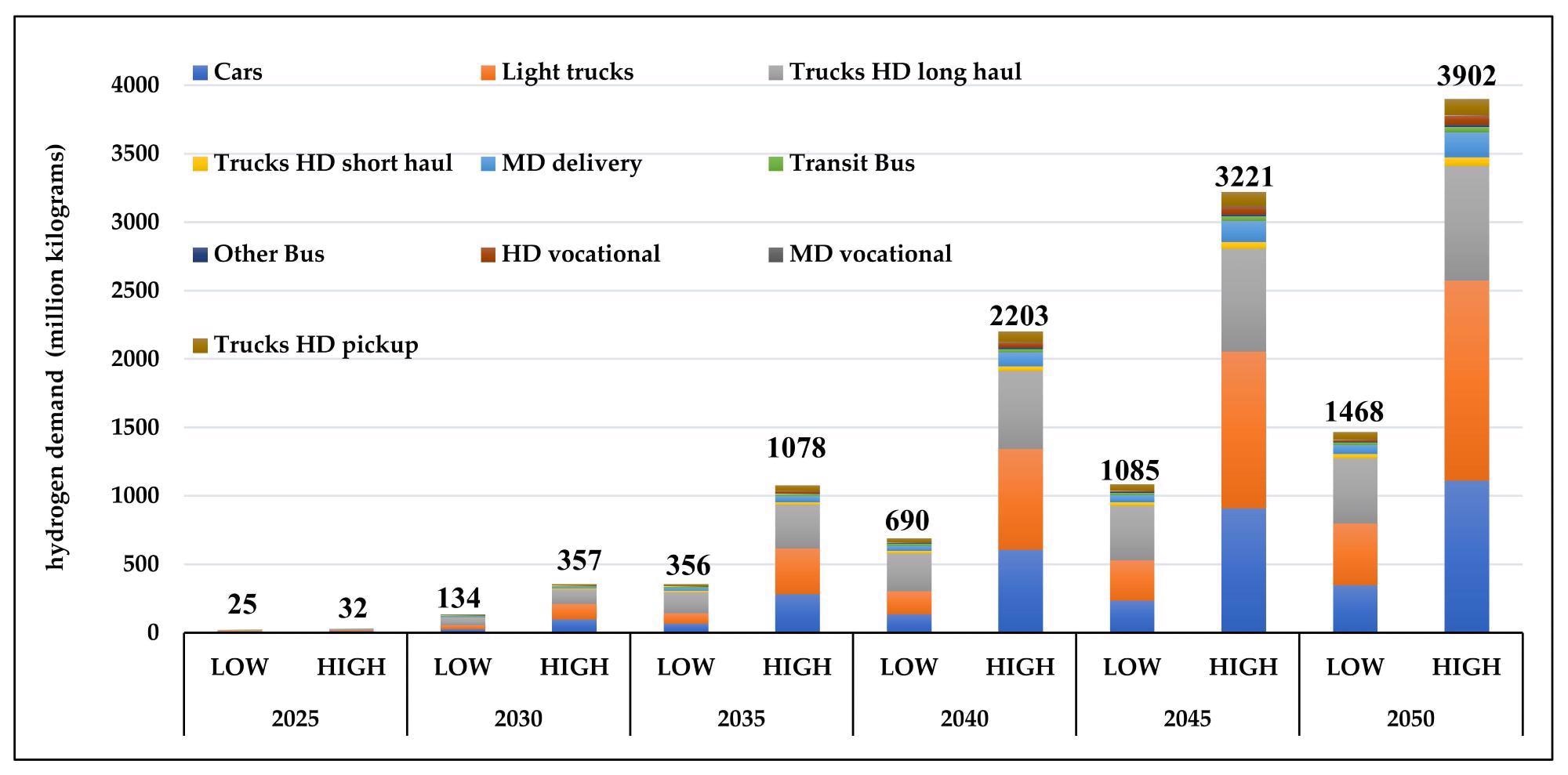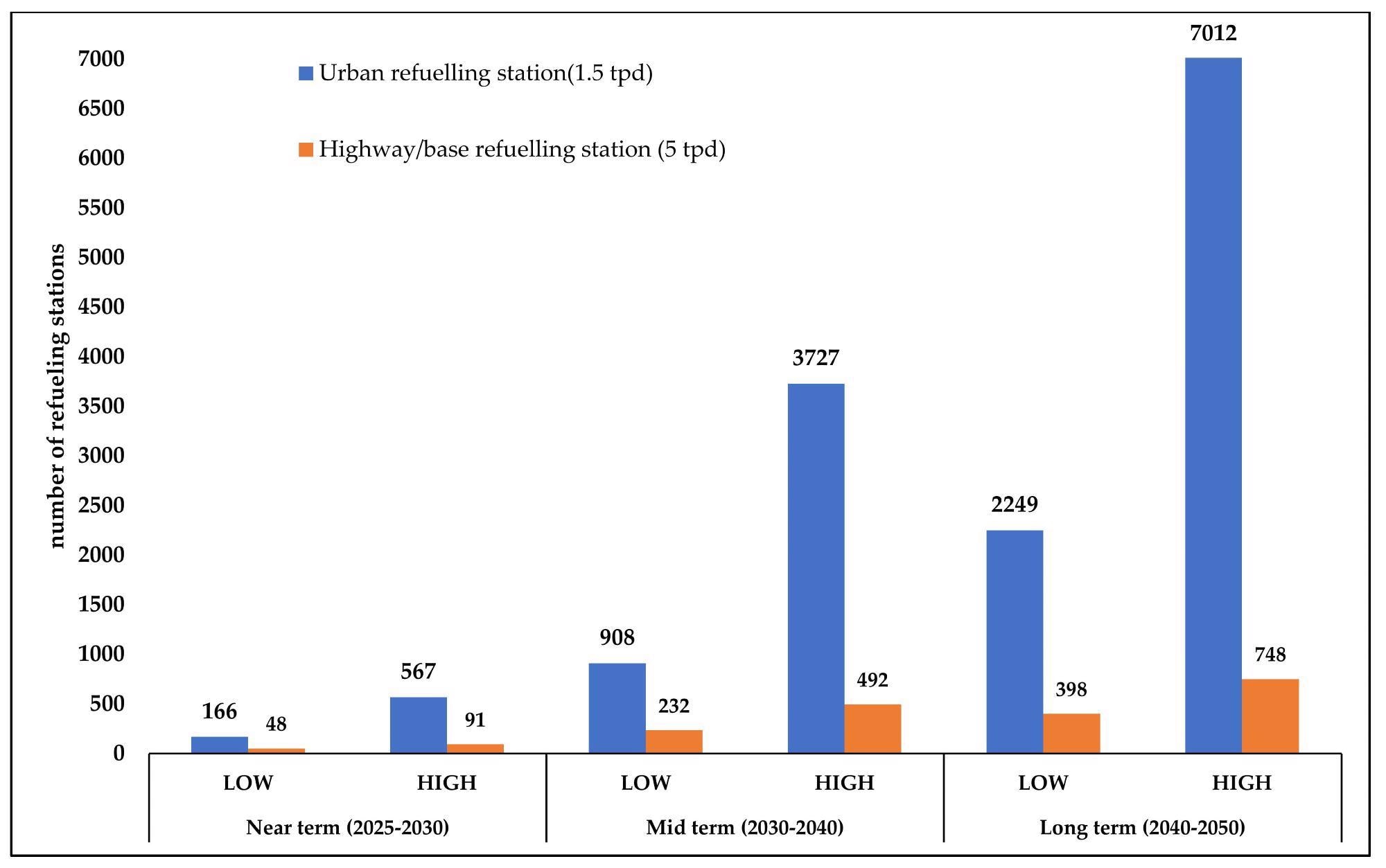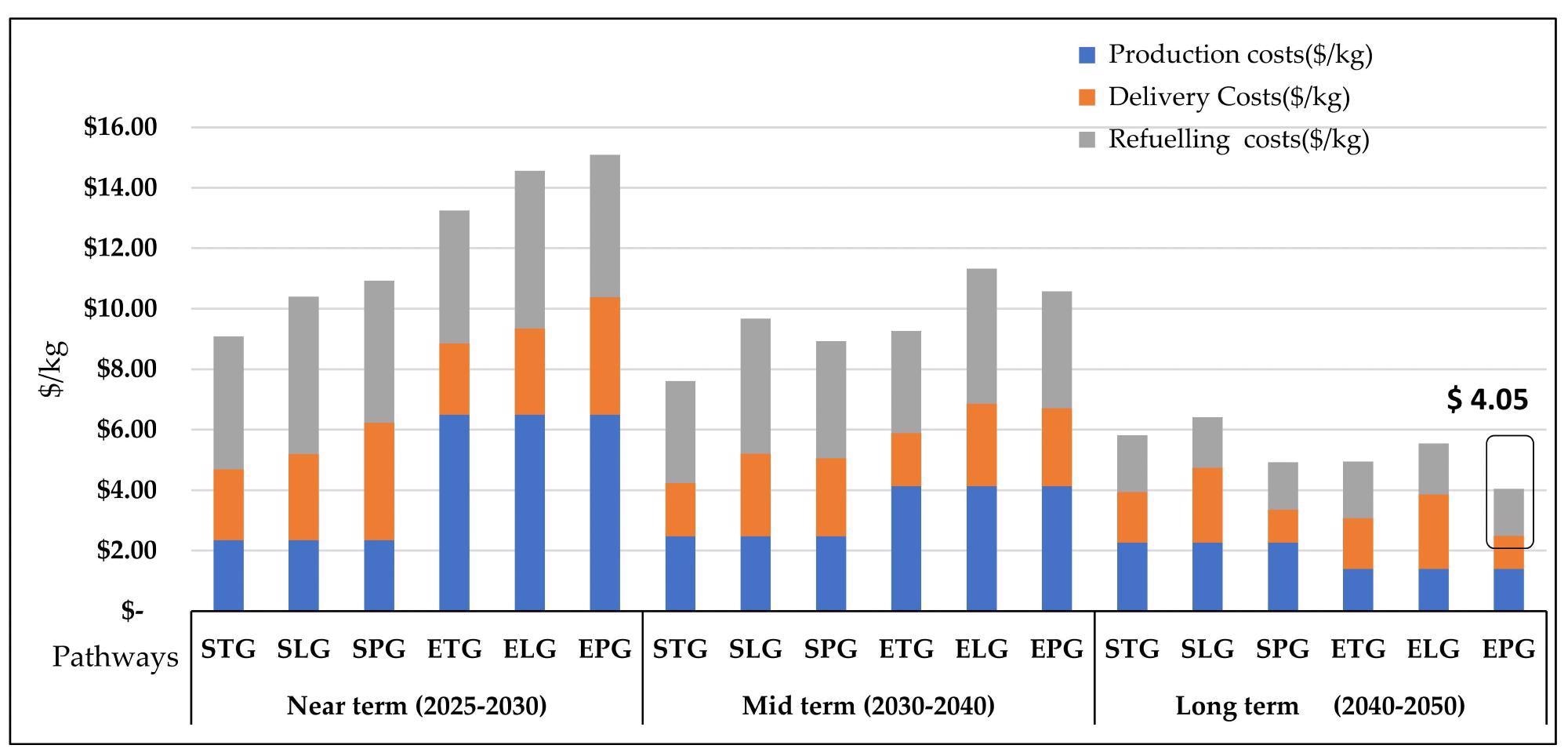The possibility of home production and usage of fuel cell technology for high-efficiency, zero-emission electric vehicles has sparked interest in hydrogen as a fuel for transportation. A fuel cell has up to three times higher efficiency than a gasoline-powered combustion engine, as written in the journal Energies. Fuel cell technological advancements are mostly focused on the use of hydrogen in cars.

Study: Low Carbon Scenario Analysis of a Hydrogen-Based Energy Transition for On-Road Transportation in California. Image Credit: Smile Fight/Shutterstock.com
Several automobile manufacturers in the United States have begun to provide light-duty hydrogen-powered electric vehicles in areas where hydrogen fueling stations are available, such as Southern and Northern California.
Zero Emission Vehicle
According to new California University research, the state will need to emphasize substantial growth in zero-emission vehicle sales, with a full transition by 2035 or 2040 at the earliest.
Transport electrification is among the most successful decarbonization options because it can be used with grid energy decarbonization to achieve near-zero net emissions. Battery electric cars (BEV) and hydrogen-fueled cell electric vehicles (FCEV) are two popular zero-emission vehicles (ZEV) technologies (FCEV).
Because of their quicker recharging time and longer range, FCEVs provide a driving experience similar to that of conventional cars, making them more appealing than BEVs in specific vehicle sectors, such as long-haul trucks. The transportation industry is likely to drive hydrogen consumption in the state.
Various researchers have examined hydrogen demand in California at various degrees of granularity and proposed various solutions to meet it. There are numerous obstacles, but the quality of infrastructure for hydrogen generation, distribution, and refueling is likely the most significant.

Annual hydrogen demand projection scenarios from on road transport in California. Image Credit: Vijayakumar, V., et al, Energies
It has become increasingly evident that the government must provide more support in market incentives such as pricing or direct capital expenditures to develop a large-scale, long-term hydrogen ecosystem. World economies have pledged billions of dollars in new investments for a hydrocarbon green and sustainable economy (as part of the economic recovery plan). Merely light-duty cars were used to calculate hydrogen demand, which was an exogenously supplied input.
Hydrogen Supply Chain
One of the most important parts of the implementation of hydrogen infrastructures is hydrogen supply chain network design (HSCND), also known as strategic hydrogen supply chain planning. Representation of the connections between the different top levels of the HSCN, which begins at feedstock level and ends with the trading of hydrogen for various end uses in any transportation system, building heating, and other commercial uses is a crucial difficulty of HSCND.
Water (with electricity), biomass, natural gas, and coal would be used as feedstock for hydrogen generation operations in a conventional HSCN for the transportation industry.
Hydrogen might be kept in depots or geological storages such as aquifers, salt caverns, or depleted gas fields before being transferred (by trains, trucks, or pipelines) to recharging stations in various physical forms (liquid, gaseous, liquid organic hydrogen carriers). On-site hydrogen generation might be available at refueling stations.
Because there are so many options at each network level, selecting one is a difficult optimization challenge. Their temporal and geographical fluctuations heighten the intricacy of these decisions.

Projections for hydrogen refueling stations in California for different demand scenarios. Image Credit: Vijayakumar, V., et al, Energies
Hydrogen distribution is an important part of any hydrogen energy supply chain. Everything from the manufacturing plant to the fueling station is included in the range of hydrogen supply (for the transportation industry).
The cost of transferring hydrogen from the centralized production plant to hydrogen filling stations is estimated using HDSAM (hydrogen delivery scenario analysis model), which the Argonne National Laboratory created. HDSAM uses optimization algorithms to find the lowest-cost delivery configurations based on hydrogen flow and system component production quantities.
The Future of Hydrogen Fuel Transportation
It was predicted that hydrogen would become the major transport energy by 2050, accounting for around 54% of overall transportation fuel consumption in the state. In the worst-case scenario, hydrogen's proportion will rise to 32 percent by 2050. In the predicted scenario, hydrogen's contribution remains below 10% until 2035.
Still, it rises significantly after that, implying that most of the zero-emission vehicle objectives will primarily be met through battery-electric cars until 2035. For all predicted scenarios, we see that three-vehicle segments dominate hydrogen demand: automobiles, trucks, and long-haul trucks.

Hydrogen dispensed costs at a 1.5 tpd refueling station through different pathways. Image Credit: Vijayakumar, V., et al, Energies
California presently has 48 commercial hydrogen stations in service, with an additional 134 stations in different stages of licensing. By 2025, the total number of stations will be 181, still less than the state's two-hundred-station goal. Location enhancement techniques for hydrogen refueling stations (HRS) estimate the amount of HRS necessary for early consumer uptake of FCEVs imply that a network comprising of at least 5% of current gas stations (minimum threshold) would be ideal.
Meeting such high future needs would necessitate substantial infrastructure expenditures beginning now, but particularly after 2030, when the number of manufacturing facilities and refueling points will exponentially grow. Electrolytic hydrogen fed to bigger stations via dedicated hydrogen pipes offers significant cost reductions in the long run.
References
Vijayakumar, V., et al. (2021). Low Carbon Scenario Analysis of a Hydrogen-Based Energy Transition for On-Road Transportation in California. Energies. https://doi.org/10.3390/en14217163
Disclaimer: The views expressed here are those of the author expressed in their private capacity and do not necessarily represent the views of AZoM.com Limited T/A AZoNetwork the owner and operator of this website. This disclaimer forms part of the Terms and conditions of use of this website.